
Ground cover plants are an important part of the backbone of any garden border or planting display in the backyard. Typically growing low to the ground, with a compact, creeping or spreading habit, ground cover plants can help to add interest to otherwise bare patches of ground in the backyard.
Many of the best ground cover plants are evergreen which helps to add constant greenery to tricky patches of earth, such as under large trees or in narrow strips of ground alongside porches or pathways. In my gardening experience, ground cover plants are crucial, not only from an aesthetic point of view but also to prevent weeds from setting seed and maintaining soil health and stability.
Here, I share a selection of evergreen ground cover plants that I have grown myself in gardens across London, or options that have been recommended by planting experts.
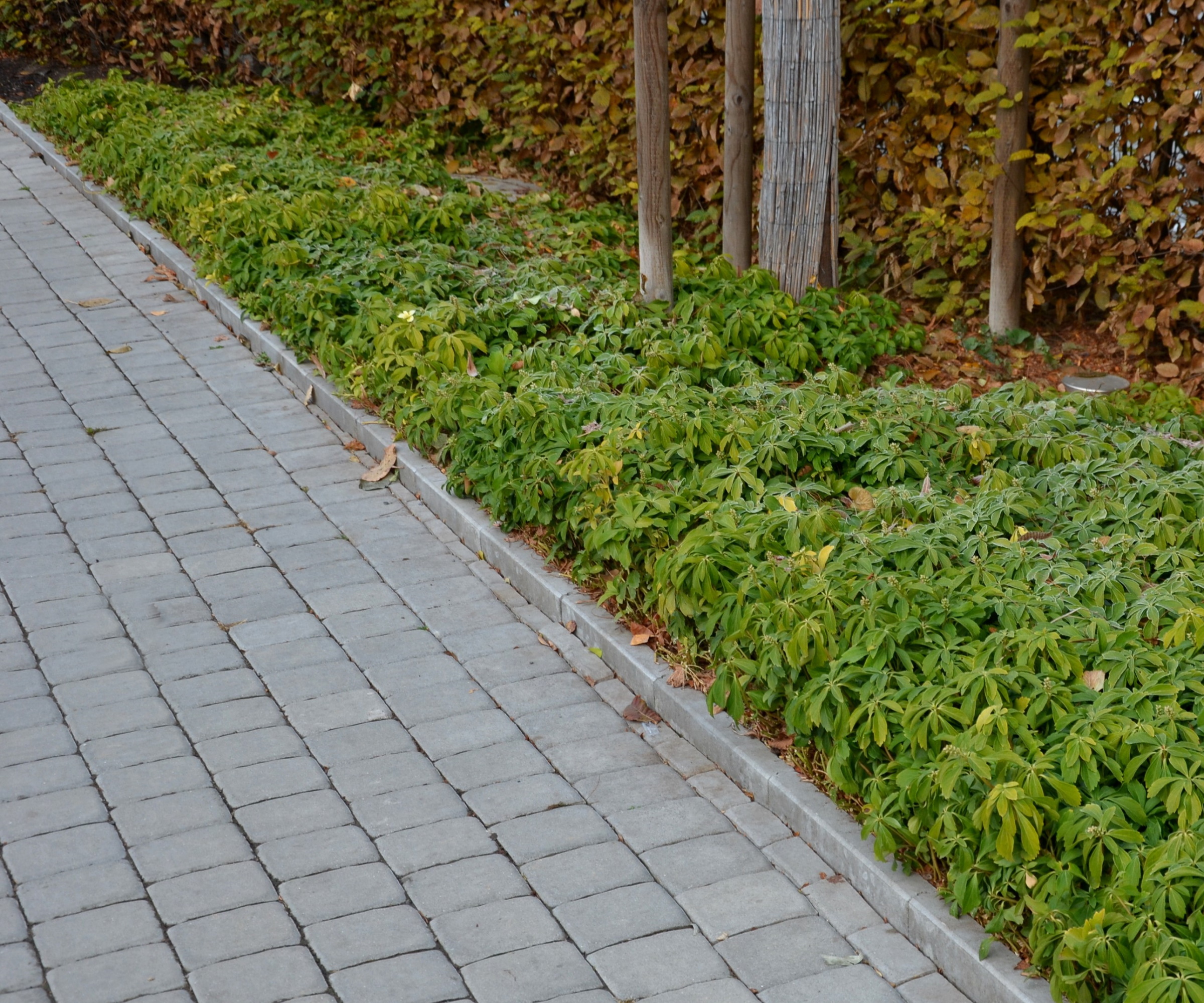
Best evergreen ground cover plants
Many fast-growing ground cover plants are evergreen and are quick to establish and spread in the garden borders. In a relatively short amount of time, ground cover plants will plug gaps in the backyard, helping gardeners to maximize planting while also providing habitat and food for wildlife.
1. Pachysandra
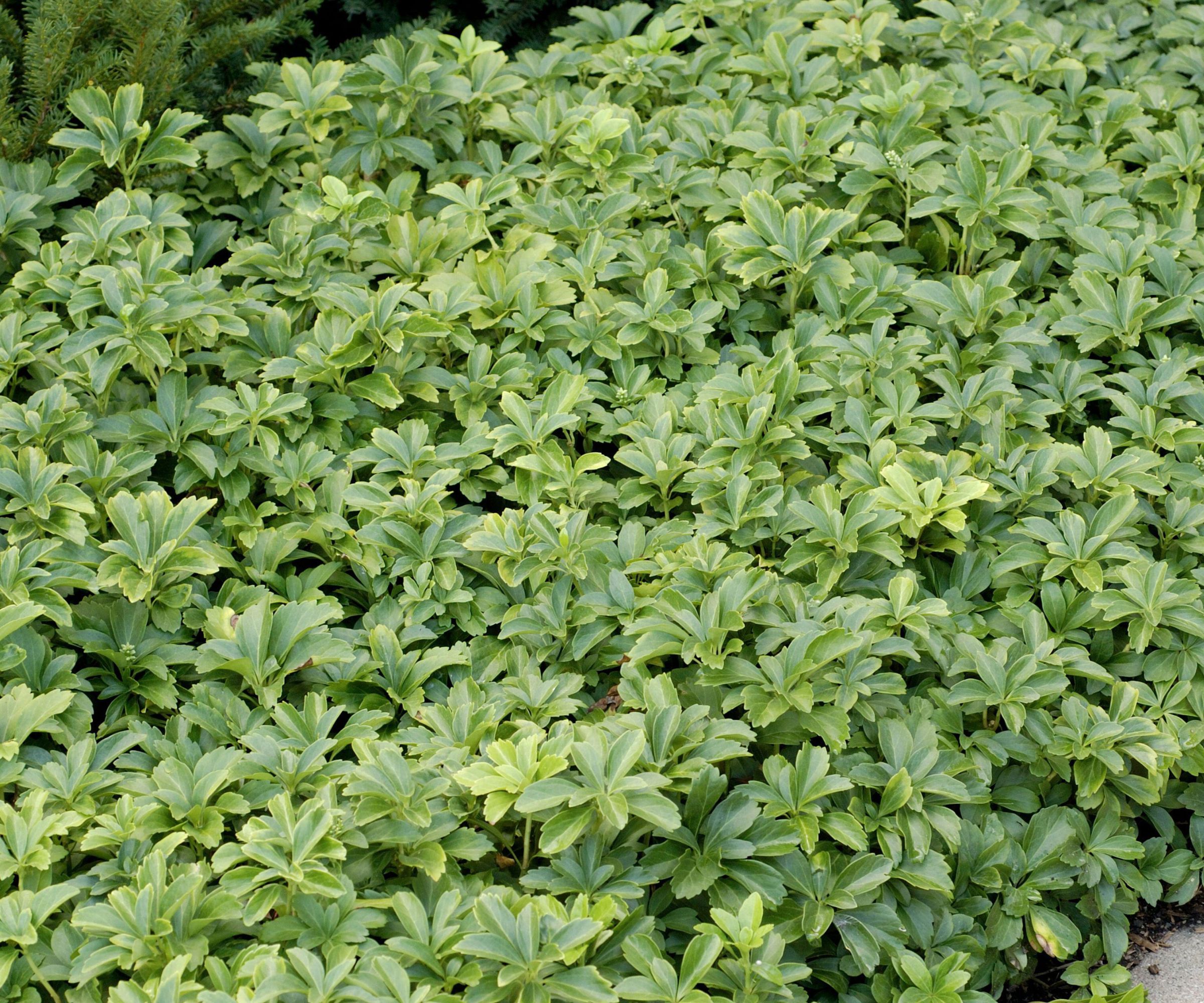
One of the best plants for under trees is Pachysandra terminalis, otherwise known as Japanese spurge. This is one of the best examples of evergreen ground cover plants, providing year-round greenery in the backyard. I have planted pachysandra in too many gardens to count, and it has never failed to establish itself and fill those awkward gaps.
Pachysandra can take 1 to 2 years to establish, eventually forming a green carpet with attractive, serrated foliage. Growing to a height of no more than 10 to 12 inches, pachysandra has a compact, dense habit that will suppress weeds.
Once established, gardeners do not need to water pachysandra, which can tolerate warm, dry weather and free-draining soils. I find this an attractive option for lining pathways, as unlike periwinkle or other evergreen ground cover plants, pachysandra maintains a compact but upright form, keeping pathways and edges green but neat.
2. Monkeygrass
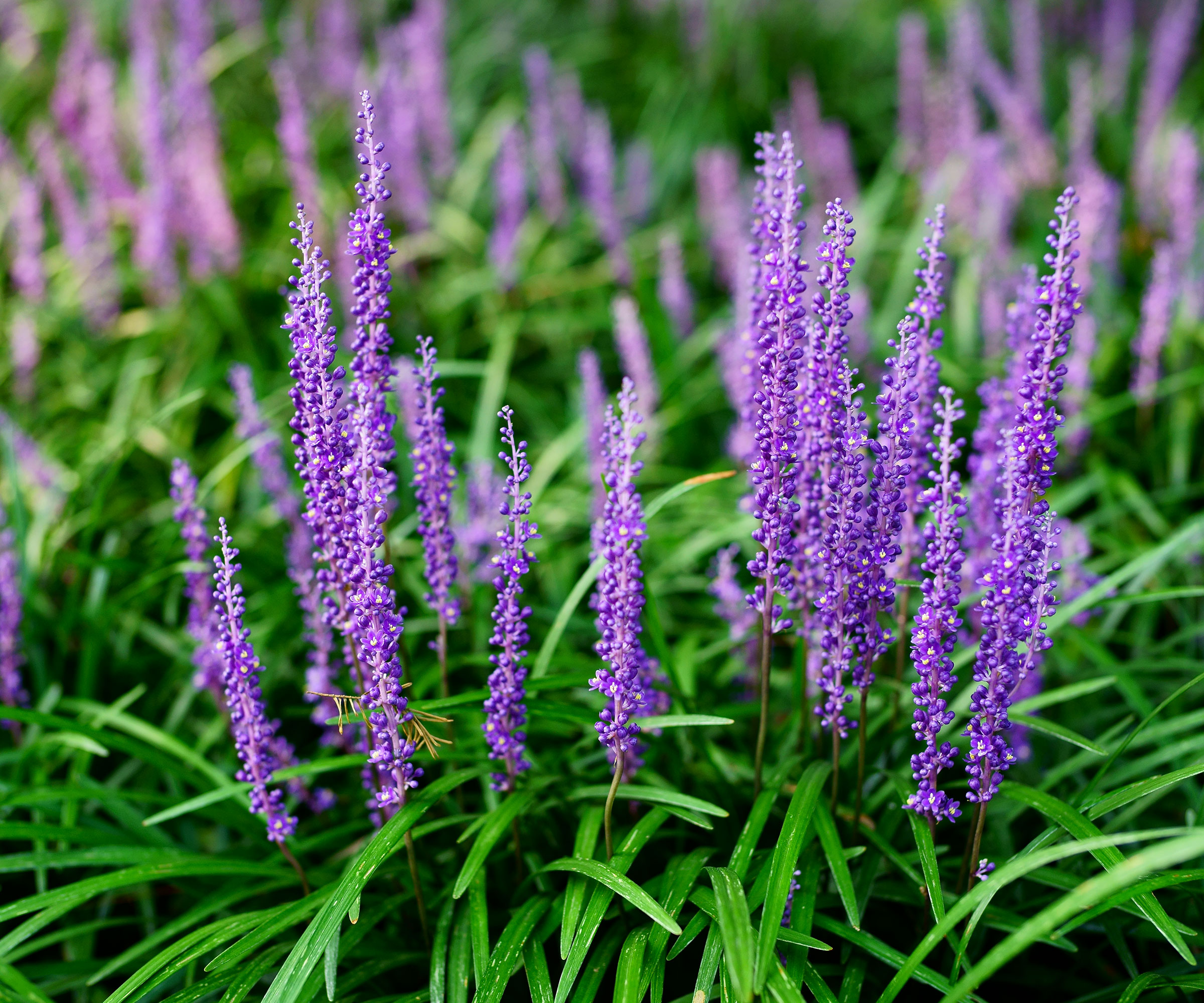
Liriope, commonly known as monkey grass, is typically considered as herbaceous planting but can be grown as an evergreen ground cover. With grass-like foliage and attractive lilac flower spikes, monkey grass is an ideal choice for those seeking an evergreen that produces striking seasonal blooms.
'Monkey grass is a hardy ground cover that is ideal for gardeners who are looking for a low maintenance option,' says Mike Murphy, garden expert and owner at You Had Me At Gardening.
'This versatile evergreen can be grown in most regions, thriving in US hardiness zone 4 to US hardiness zone 10,' Mike adds. 'Helpfully, monkey grass is also considered one of the best drought-tolerant ground cover plants, growing well in dry situations with little attention.'
I have grown monkey grass in my yard, and it certainly seems to thrive on neglect. I would recommend monitoring watering during the first year after planting, but once established, this mat-forming evergreen can be left alone.
What's more, there are many different varieties of monkey grass. The most popular, Liriope muscari, has an attractive dark green leaf. However, for an unusual monkey grass option, variegated or silver-foliage options are available from Nature Hills.
Liriope muscari 'Big Blue' is one of the finest evergreen groundcover plants. This is a tough little edging plant that features beautiful blue flower spikes from midsummer until fall. The grass-like foliage is lush but also low-maintenance, ideal for just about any planting situation.
3. Periwinkle
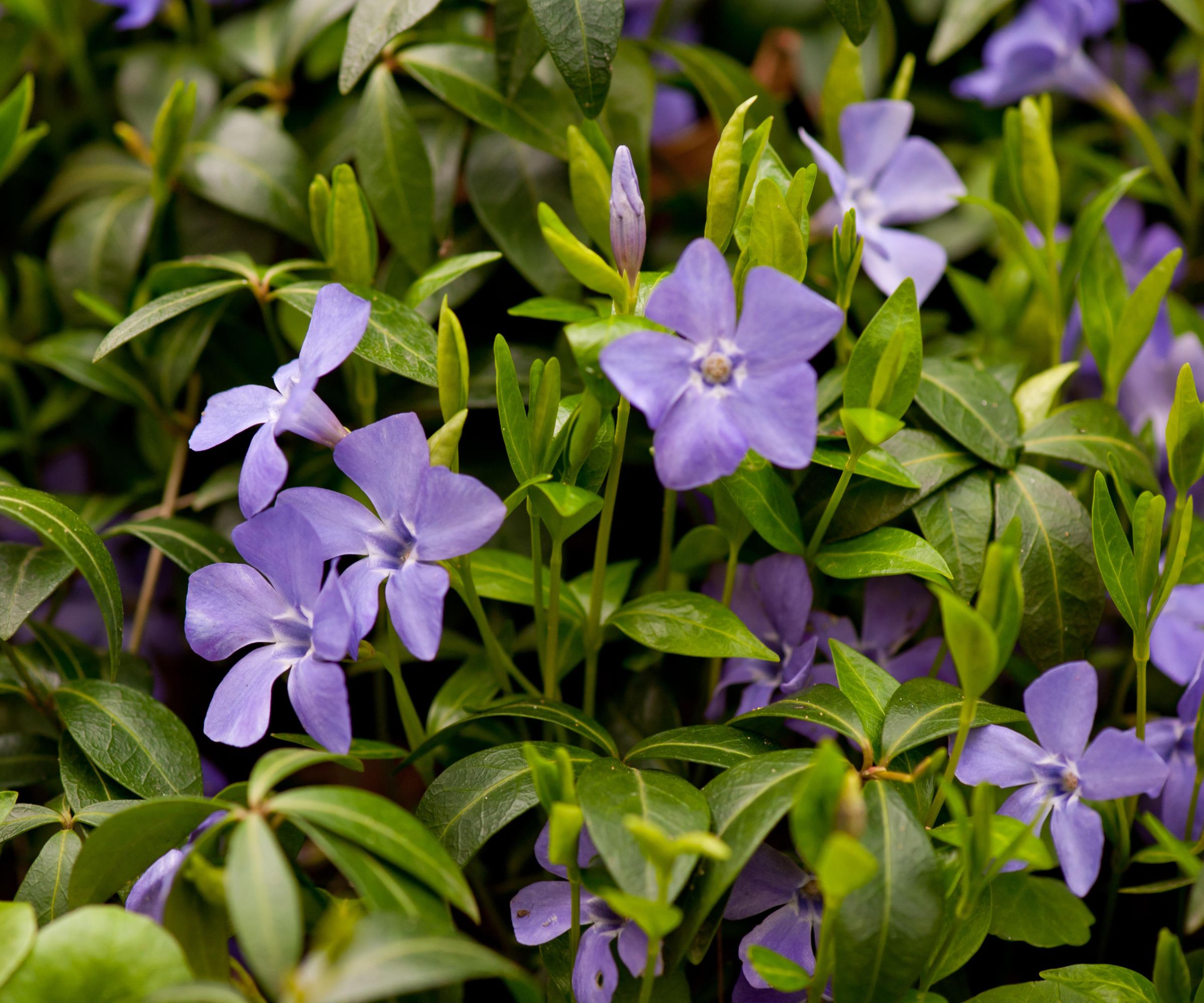
Periwinkle, Vinca minor or Vinca major, have a creeping habit, growing well in areas of dry shade under shrubs or trees. For gardeners considering sloping garden ideas, and seeking plants that can grow well on steep inclines, periwinkle is a suitable option.
As a professional gardener, I have planted periwinkle in many gardens, and this vigorous evergreen is ideal for binding soil, which is useful for those with slopes or banks in the backyard.
Periwinkle has evergreen foliage that can be solid green in color or variegated, while also producing dainty star-like flowers in spring and summer that can be white or lilac.
Growing best in US hardiness zones 4 to 9, this evergreen is useful for covering large areas in the backyard. I will add a small caveat that this ground cover can become slightly unruly without regular maintenance, and is considered invasive in certain states and regions. With a vining habit, periwinkle can sometimes grow through and over other planting in the borders, so if you are seeking low-maintenance ground cover options, this might be one to avoid.
Periwinkle can be purchased online at Nature Hills.
4. Asiatic Jasmine
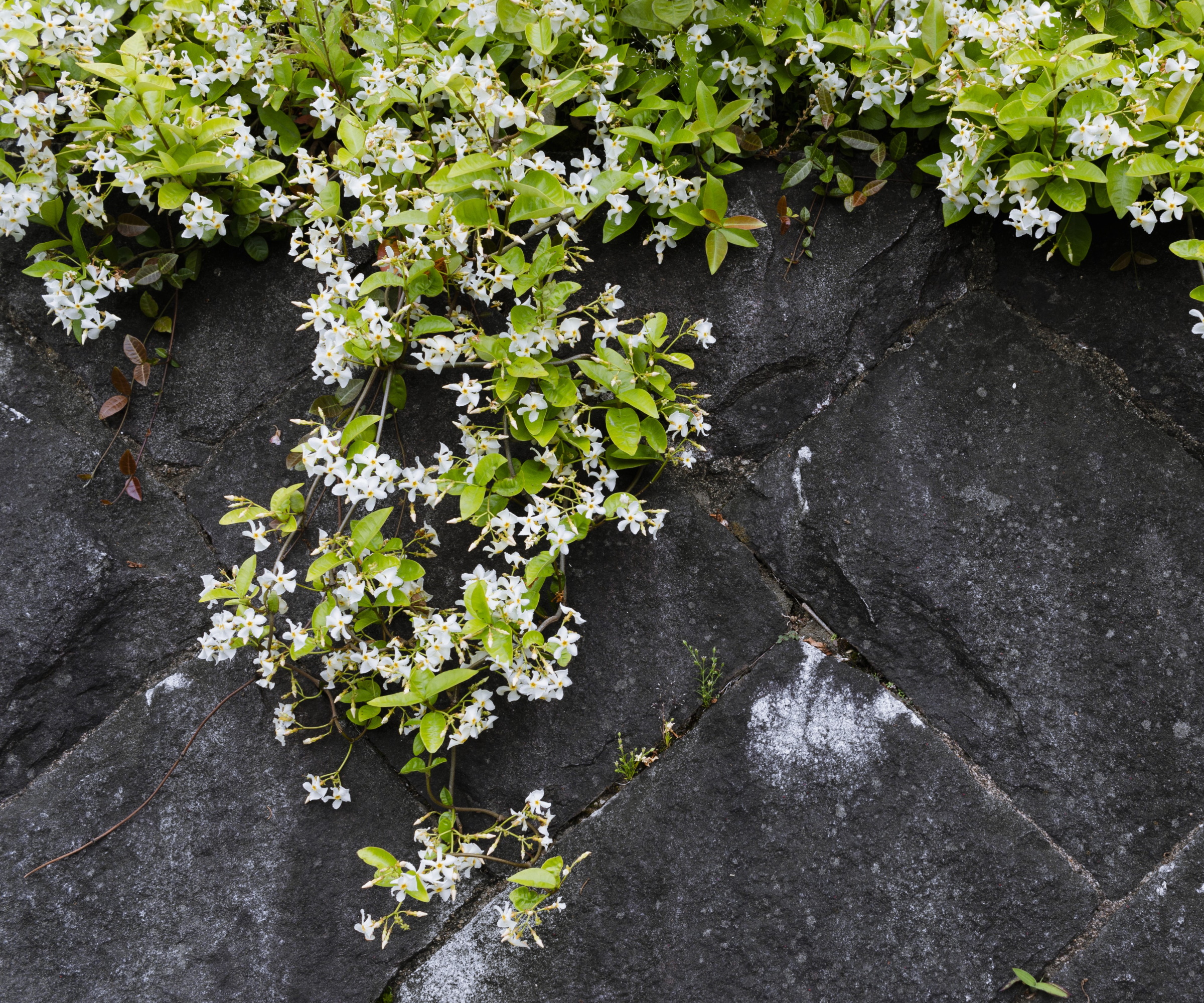
Asiatic jasmine, or Trachelospermum asiaticum, is a vigorous yet versatile plant that makes an ideal evergreen ground cover. Related to the popular star jasmine climber, Asiatic jasmine will grow to a height of no more than 1 to 2 feet, and will quickly fill empty voids in the backyard.
'Asiatic jasmine can tolerate a wide variety of growing conditions,' says Alex Kantor, owner of Perfect Plants Nursery. 'Growing well in full-sun positions or partially shaded spots, this quick-growing plant requires very little maintenance.'
While Asiatic jasmine can be grown as a groundcover, I would caution that - much like periwinkle - it does have a vining, creeping habit, able to cover vast areas if left alone. This is useful for those seeking to cover large borders, but for those gardeners looking for low maintenance, monkey grass or pachysandra might be preferable options.
Asiatic jasmine is available online from Perfect Plants Nursery.
5. Spreading Yew
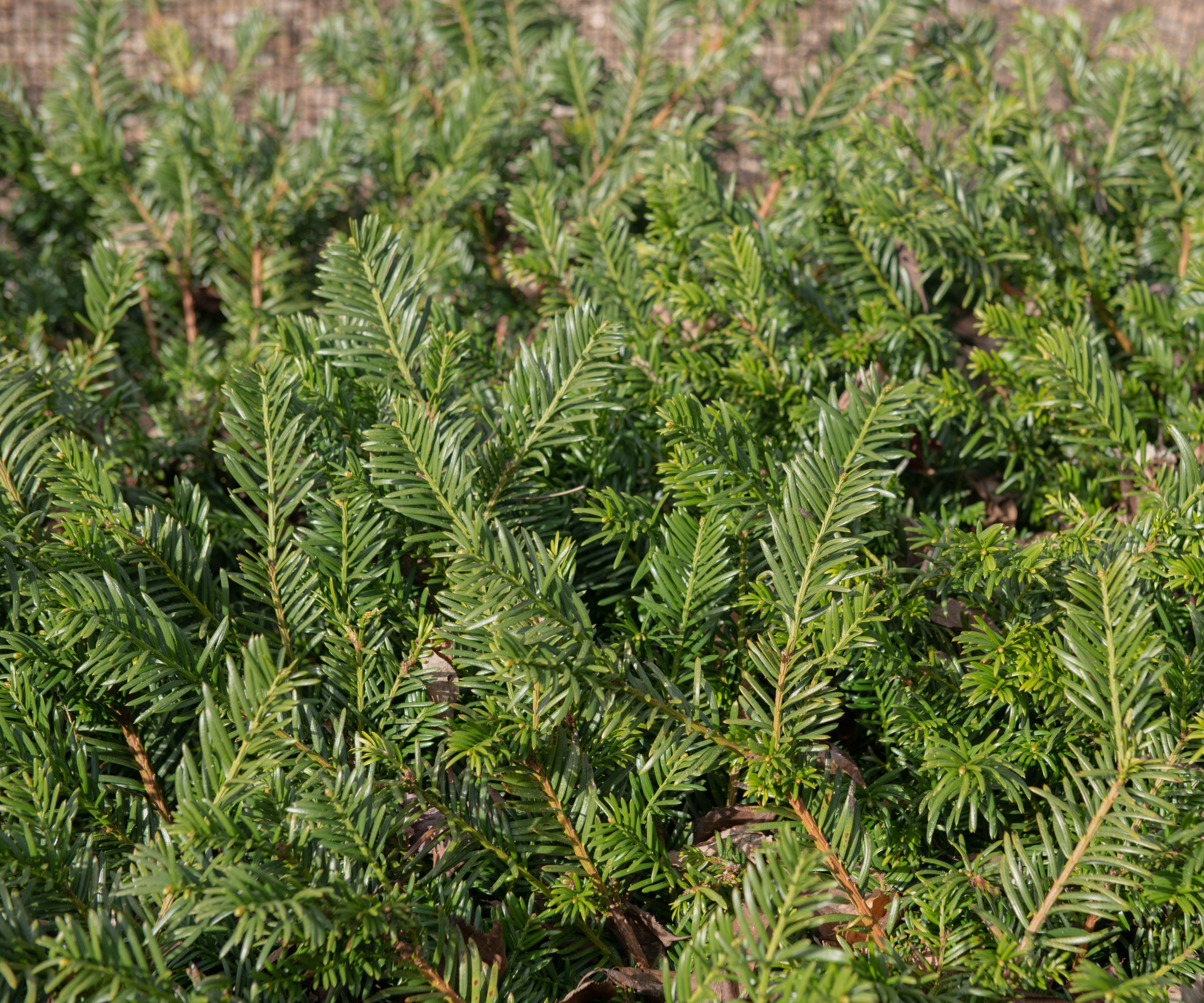
For a shaded backyard, the spreading yew is the ground cover to pick. 'Cephalotaxus harringtonia 'Prostrata' is a slow-growing evergreen shrub that thrives in the shade,' says Alex Kantor, owner of Perfect Plants Nursery.
'With dark green needles that appear much like the traditional yew, this low-growing plant will provide year-long interest,' Alex adds. This species is also valuable for those gardeners looking to attract birds to the backyard, producing red berries that a useful food source for wildlife in the fall.
I always enjoy seeing birds snacking on yew berries as the seasons turn towards the end of the year, and local birdlife will certainly be drawn to your yard to feed if spreading yew is planted.
Growing best in US hardiness zone 6 to US hardiness zone 9, the spreading yew has a dense but upright habit, making this ideal for those gardeners who want a low-maintenance plant that will remain compact and neat. The spreading yew is also drought-tolerant and deer-resistant, making it ideal for use towards the boundary of larger backyards.
Spreading yew is available from Perfect Plants Nursery.
6. Golden Groundsel
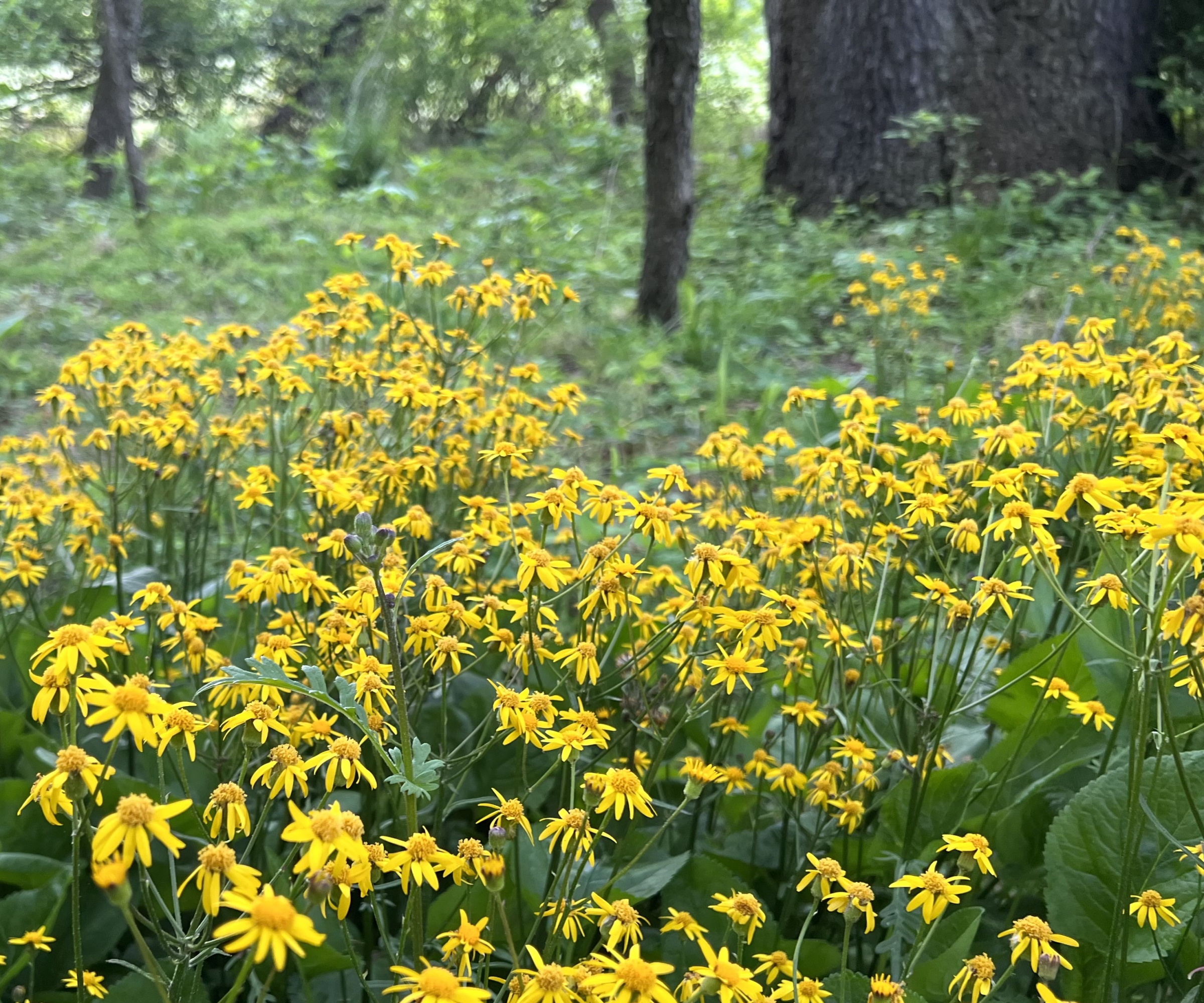
Carolyn Walker, plant expert and owner of Carolyn's Shade Garden Nursery, hails Packera aurea as the best native semi-evergreen groundcover. 'Undoubtedly the best evergreen groundcover is golden groundsel, Packera aurea,' Carolyn says.
'It grows anywhere, wet or dry, sun or shade, good or bad soil, and the foliage is mostly evergreen which forms a green carpet to suppress weeds,' Carolyn says. It is also surprisingly hardy, growing throughout much of the US from zone 3.
During spring and summer, fragrant yellow flowers are produced on long stems, making this one of the most popular native plants for pollinators.
'This native plant supports insects, bees, and 20 species of butterflies with its nectar,' Carolyn says. 'It is a host plant to the caterpillars of 17 species of butterflies and moths, making this a much-needed plant for any gardeners looking for wildlife garden ideas.'
FAQs
What is the best evergreen ground cover plant for dry shade?
Pachysandra, periwinkle and spreading yew are all evergreen ground cover plants that I have grown and recommend, and will certainly tolerate dry shade. As with any new planting, take extra care of your plants during the first year, until they are established. For a native option, why not consider planting golden groundsel, Packera aurea, which will grow happily in part-shade along the edge of wooded areas?
Incorporating evergreen ground cover plants in your garden is recommended not only for aesthetic reasons but also to bind and protect the soil. As a gardener, I am always keen to maximize growing and planting space, so using even small patches of bare earth under trees or shrubs can help you to make the most of your space.
For more native ground cover planting options, consider our guide on how to grow bunchberry dogwood, a low-growing native dogwood with striking flowers that will make a unique planting addition to any partially shaded spot.







